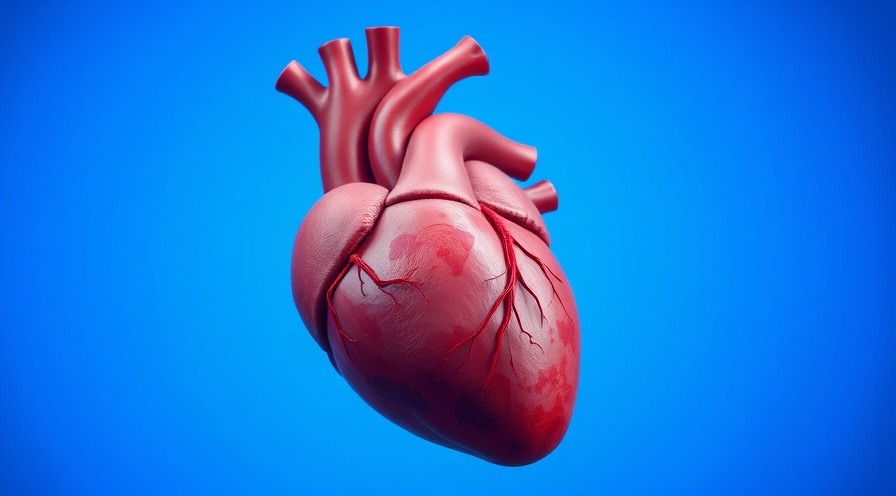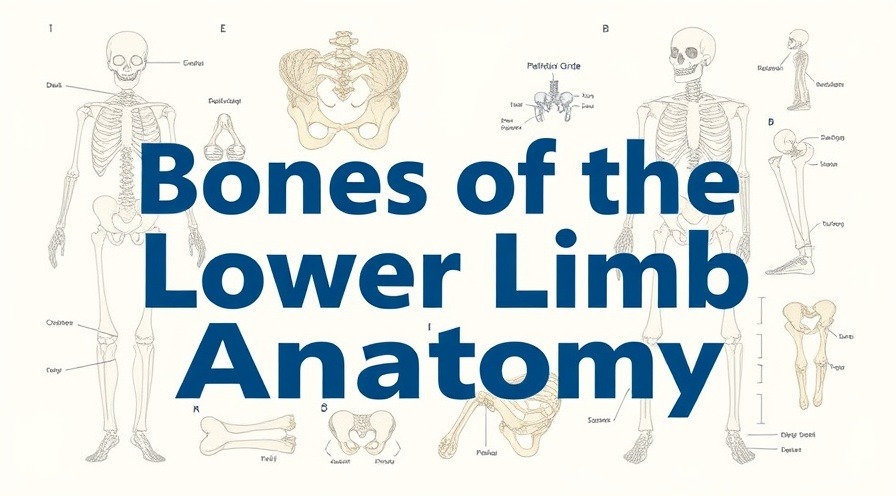
An Overview of Cardiogenic Shock Care
Cardiogenic shock, a severe condition where the heart fails to pump enough blood to meet the body's needs, is a critical medical emergency. The recent Cardiogenic Shock Virtual Grand Rounds led by experts from the American Heart Association ha[s shed light on the importance of systems of care designed to improve outcomes for patients suffering from this potentially fatal condition. Involving a coordinated approach, the vast range of expertise and resources required reflects the seriousness of cardiogenic shock and the necessity of efficient triage and treatment.
In Cardiogenic Shock Virtual Grand Rounds: Cardiogenic Shock Systems of Care, the discussion dives into effective treatment strategies, inspiring us to expand on these critical insights.
Why a Team Approach Matters
As Dr. David Morrow aptly mentioned, cardiogenic shock is indeed a team sport. In a hospital setting, a multidisciplinary approach ensures that every aspect of patient care, from emergency response to post-operative support, is executed meticulously. The involvement of emergency medical services (EMS), cardiologists, and supportive medical staff is essential in ensuring swift and effective transitions throughout all stages of treatment.
How Early Activation Can Save Lives
One of the key themes from the discussions is the vital role timing plays in treating cardiogenic shock. Early recognition of symptoms leads to quicker activation of treatment protocols, which can significantly lower mortality rates. For instance, in the presented case of a young man who experienced cardiogenic shock, rapid intervention—such as the use of a microaxial flow pump while in the catheterization lab—was crucial in stabilizing his condition.
Continuous Collaboration for Better Outcomes
Effective cardiogenic shock systems of care rely on continuous collaboration across various levels of healthcare. From the pre-hospital phase through to specialized centers, standardized protocols allow for seamless communication and quick decision-making. A shock team that meets regularly, even if virtually, can strategize approaches that cater to specific patient needs and outcomes, reducing variability in care that could prove detrimental.
Real Benefits of Systems of Care
The evidence presented in the virtual rounds indicates a strong correlation between well-implemented systems of care and improved patient outcomes. Notably, a structured approach to shock management reduces not only mortality rates but also complications like heart failure and readmissions. With more facilities recognizing the significance of dedicated shock centers, collective knowledge can guide advancements in treatment across the board.
Looking Forward: The Future of Cardiogenic Shock Management
As the landscape of cardiovascular care continues to evolve, the insights gained from projects like the AHA’s cardiogenic shock registry will play a fundamental role in future clinical guidelines. The pooling of data from distinct regions can foster personalized treatment plans that are responsive to the dynamic needs of patients. As healthcare professionals, advocating for such systems represents a commitment to saving lives and enhancing the quality of care in urgent settings.
Support for any initiative begins with understanding that every link in the healthcare chain, from hospitals to health advocates, plays an integral role in improving patient outcomes during emergencies like cardiogenic shock. By prioritizing teamwork, timely intervention, and ongoing education among healthcare providers, the collective goal of reducing mortality rates will become increasingly attainable.
 Add Row
Add Row  Add
Add 




Write A Comment